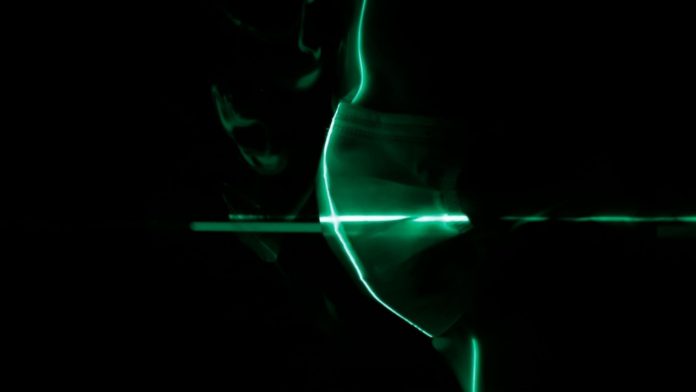North Carolina State University researchers at the Textile Protection and Comfort Center (TPACC) are developing a test method to be able to simultaneously assess how respirators, surgical masks and face coverings fit, breathe and filter.
The project, backed by a nearly $500,000 grant from the U.S. Centers for Disease Control and Prevention, aims to help researchers develop better tests for face coverings used by the public.
“We are trying to develop and advance testing and evaluation methods to find out how well these products work in terms of protection for the wearer, and for others,” said Bryan Ormond, assistant professor of textile engineering and chemistry at NC State.
Researchers at TPACC have been working on tests to not only measure how well different types of cloth face coverings trap tiny particles, like SARS-CoV-2 viral particles, but also to assess the impact of fit and breathability on performance.
Now, they are planning to improve the specifications of a commercially available animatronic manikin to allow it to simultaneously measure filtration efficiency, breathing resistance and fit or seal in realistic simulations of people moving and talking.
Since the manikin will be able to simulate people talking, the researchers will be able to study how movement in the head and face can impact filtration, fit and breathability. The manikin will also have adjustable ventilation rates to measure how heavy breathing could impact those factors. Researchers can also vary the length of their tests to study the impact of the length of wear.
To improve the device’s capabilities, they will use the device to understand how cloth face coverings limit the spread of particles and droplets in the air in indoor settings with poor ventilation, such as offices or classrooms.
“The new head form will be able to control breathing rates better, generate aerosols and measure breathing resistance,” Ormond said. “And we’ll be able to use that to understand how that might prevent transmission of particulates in certain settings.”
After researchers develop the test and assess different face coverings, they plan to validate their findings for fit and comfort using human subjects.
Ultimately, they envision their work informing American Society for Testing and Materials experts who are working on performance specifications for cloth face coverings used by the general public.
“We want to develop a method that could serve as a new standard people could use for cloth-based coverings, surgical masks or respirators,” Ormond said.
“Our objective is a test method for the whole face covering as worn – a valuable addition to the tools available for comprehensively evaluating performance,” said Roger Barker, director of TPACC, a leading academic center for research and testing of personal protective equipment.















